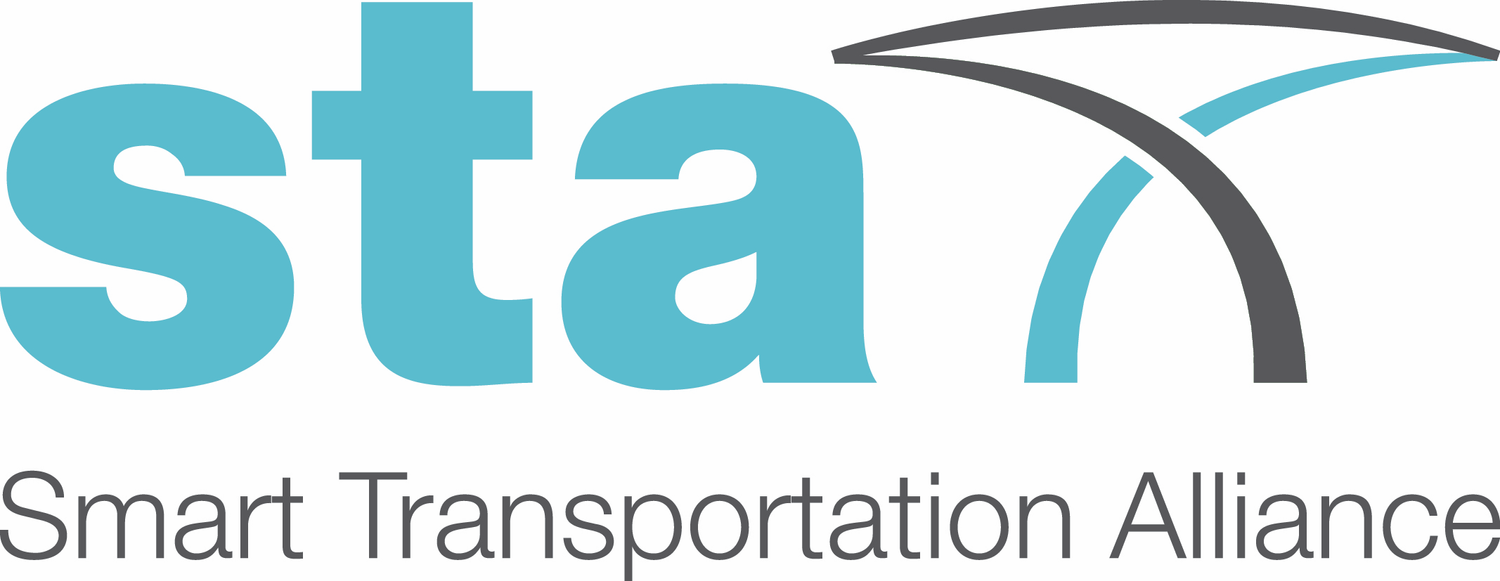STA Newsletter
Issue # September 2015
A bi-monthly online journal providing news and background about activities undertaken by STA with a view to improving the methods, technologies and standards associated to transportation infrastructures.
STA Annual Conference (24 November 2015): Programme and Innovation Awards Recipients - Release 1st week of October
30 September 2015
Next week the 2015 Innovation Awards Recipients will be announced along with the Programme for the 2015 STA Annual Conference. This landmark event will offer an innovative review of the current state of deployment of Smart Transportation Infrastructures connecting people and businesses.
Please mark your calendars to get in touch with the STA Secretariat (info@smart-transportation.org) to book your free-of-charge seat today.
“EN1317: A standard out of date?“ - The Changing Future of Road Safety
14 September 2015
The EN1317 European standard was developed within the framework of the Construction Products Directive (89/106/EEC) and EN1317-5 serves as the basis for the CE marking of road safety systems, including barriers and guardrails, crash cushions, barrier extremities and transitions. While this has represented a major step forward in addressing 30-40% of road fatalities, the future of road safety must address new challenges.
Under the name ‘EN1317: A standard out of date?’, the article is featured in the third 2015 issue of Thinking Highways (Europe And Rest Of The World Edition). Co-authored by Mr. Wolf P. Zeplin, Chair of STA Technical Committee 2, and Mr. José F. Papí, STA Chairman, the article analyses several challenges to the future of EN1317 and road safety.
'The role of infrastructures in the Smart Mobility era', a column by STA Chairman José F. Papí
25 September 2015
As society moves 'smarter' transportation infrastructures should be looking at how they too can develop to increase convenience, speed and reliability in the system.
In this column featured in the third 2015 issue of Thinking Highways, STA Chairman José F. Papí discusses the importance of evolving customer expectations towards customisation and developing 'smart' solutions.
STA General Meeting 4/2015 held 9 September 2015
9 September 2015
The meeting served to welcome a new STA member, the French road safety consultancy MOVEA SAS, and to review the strategic orientations of the Technical Sub-Committee on Road Restraint Systems and the Technical Sub-Committee on Cooperative Systems. In addition, members continued with preparatory work leading to the STA Annual Conference & Innovation Awards to be held in Brussels (Belgium) on 24 November 2015.
In a parallel session, the STA Management Committee made the final reviews and selection of the nominated awardees for the 2015 Innovation Awards, to be announced shortly.
“Transportation infrastructures should offer the highest safety and security levels that technological progress to date allows.”
NEWS OF INTEREST
ADB-Supported Pilot Road Safety Project in PRC Aims to be Model For Wider Replication in Asia.
The Shaanxi Mountain Road Safety Demonstration Project will introduce safety features that are expected to cut road deaths and serious injuries by around 25% over the monitoring period, according to ADB.
“Road crashes are the leading cause of death for people aged 15 to 44 years old in Asia and the Pacific and a serious problem in the PRC,” said David Fay, an ADB Transport Specialist...
“An important central feature of ADB’s first road safety demonstration project is the use of the International Road Assessment Program (iRAP) road safety design approach—presenting the designer with the consequences, in terms of deaths and serious injuries, of not providing adequate road safety treatments,” Mr. Fay added.
The Pope’s wise advice on traffic, parking and public transit.
The Pope, it turns out, is an urban planner. In a few paragraphs embedded in the middle of his epic environmental encyclical published this week, he managed to tie together affordable housing, mass transit, parking, inequality, architecture, public space and segregation (perhaps no surprising feat given his startling facility in this same document connecting fossil fuels, solar panels, animal rights and recycling).
The way we design communities, he argues — and this is basically the central tenet of urban planning — is vital to the kind of lives people experience within them.






